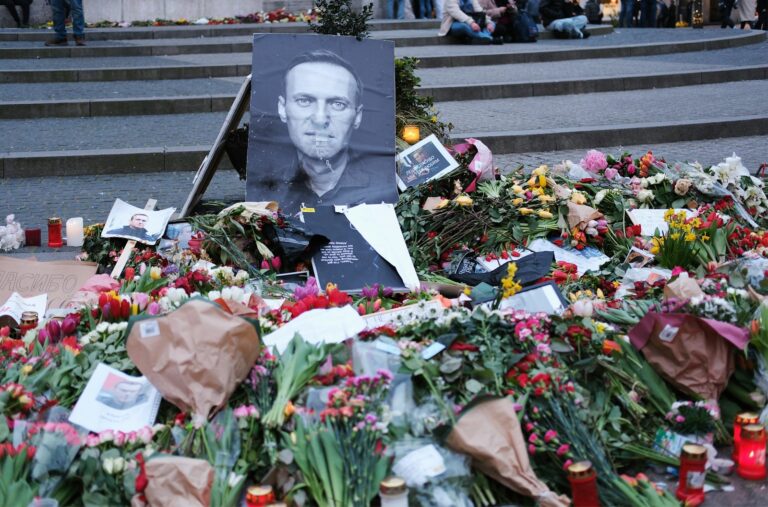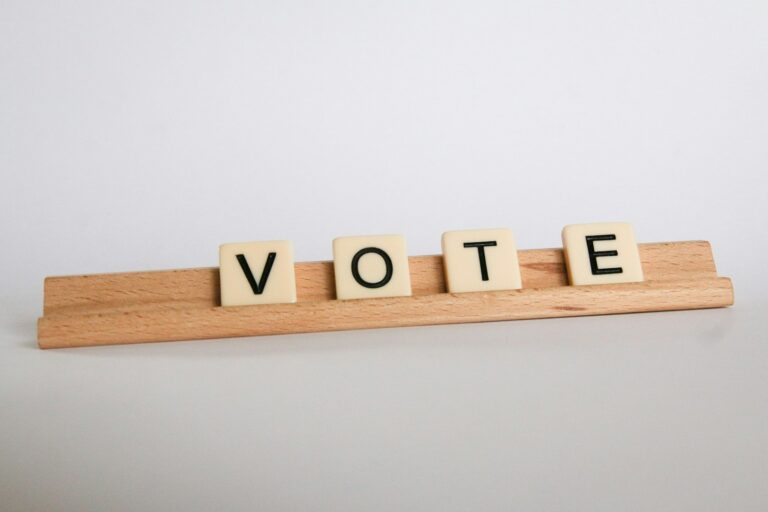Key takeaways
- One US leader said he may meet his Russian counterpart very soon.
- One senior diplomat leads a team for new talks in Saudi Arabia.
- One Ukrainian leader warned that NATO could face more trouble.
- One peace process will involve many steps and talks.
I begin by sharing the latest updates from American diplomacy. President Trump said he could meet with Vladimir Putin very soon. He believes that Putin now wants to stop fighting the war in Ukraine. After a long flight, Trump spoke with reporters and shared that his team has talked to Russian officials at length. In one example, his Middle East envoy, Steve Witkoff, met with Putin for nearly three hours. This meeting lasted long, and it showed strong signals from both sides. Trump said he asked Putin whether he intended to take control of all of Ukraine. He answered that such an action would have created a big problem. This conversation tells us that both leaders seem ready to consider ways to put an end to the conflict.
Trump made his remarks while moving about on Air Force One. His words came just hours after Secretary of State Marco Rubio talked about talks in a different place. Rubio did not want people to expect a quick solution to the war. Instead, he stressed that achieving peace will not come easy. The situation in Ukraine is very complicated, and it took years of tensions to reach this stage.
A new wave of diplomacy is under way as the Ukraine war nears its third year. With many challenges on the ground, American leaders and Russian officials show a willingness to talk. Rubio is poised to lead a high-level American delegation to Riyadh, the capital of Saudi Arabia, in the coming days. The talks are arranged to find an opening for broader discussions that might one day include Ukraine. In these conversations, the aim is to talk about ending the conflict and improving lives for innocent people. Rubio mentioned that nothing is set in stone yet. The main goal is to start a conversation and seek a way to stop the fighting.
I move now to describe the plan for the upcoming meetings. Rubio will head the team in Riyadh. The American delegation includes important figures such as Steve Witkoff and National Security Adviser Michael Waltz. However, it is not clear if Ukraine will also send representatives. The uncertainty about who Moscow will send makes the talks even more unpredictable. When Rubio spoke to reporters, he noted that one phone call or one meeting does not solve decades-old disputes. Every effort has to be made to build trust on both sides. Rubio raised this point during an interview at the Munich Security Conference. He made it clear that several steps are necessary before any peace can be reached.
As discussions continue, many questions remain open. For example, exactly when will Trump meet with Putin? There is no set date yet. However, Trump said that such a meeting might happen very soon. He stressed that his team has engaged with Russian officials for a long time. This communication demonstrates that the efforts are steady. If successful, these discussions could lead to a ceasefire arrangement that benefits both Ukraine and Russia. For Trump, the possibility of a fast solution hearkens back to his previous claims. He has said many times that he would end the conflict in just one day if he returned to the White House.
I now focus on comments coming from Ukraine. Ukrainian President Volodymyr Zelensky delivered his own opinion on the issue. He claimed that Russia could try to wage war against a weakened NATO. Zelensky warned that such an action might happen if President Trump were to lessen US support for the alliance. Ukraine believes that while many are ready for peace, some issues still remain around the motives of the Russian leader. Zelensky has called Putin a serial liar and said that no one can trust him when it comes to important matters. He insists that no decisions about Ukraine can be made without Ukraine’s participation. His comments show that the crisis is not just bilateral but affects many nations across the globe.
I continue with more context on the diplomatic efforts. There was a lengthy phone call between Trump and Putin on a recent Wednesday. During that call, both sides agreed that discussions on a ceasefire needed to start immediately. The call surprised many NATO allies. Kyiv and its supporters felt blindsided by the conversation. They expect that any decision affecting Ukraine must include the Ukrainian government. They fear that a unilateral move may lead to unpredictable consequences for the country. It is clear that Ukrainian leaders still hold firm to their stance. This stance stresses the importance of having Ukrainian voices at the table for any lasting agreement.
According to Trump, both he and Putin want to end the fighting as soon as possible. He said that he thinks Putin is ready to stop the war quickly. Trump also mentioned that Zelensky today wants to end the violence. He tries to connect these goals to the broader need for peace. However, very few expect a simple solution from one single meeting. Secretary Rubio clearly reminded everyone that long-standing conflicts do not end in one conversation. He reiterated that peace requires a series of meetings, proper dialogue, and a mutual understanding of what is needed to rebuild trust between all parties.
I now look at the matter of trust and accountability in these discussions. In an interview on NBC, Zelensky expressed his doubts about Putin. He argued that Putin has a history of misleading people and is unreliable as a partner in negotiations. Trump, on the other hand, appeared to brush aside these concerns. He declared himself not at all worried about Zelensky’s remarks. Instead, Trump emphasized that his focus remains on getting a ceasefire and halting the bloodshed. Still, many in international circles look at these remarks with caution. They wonder if peace talks might actually be a political move rather than a genuine attempt to stop the war.
In a related conversation, Rubio said that trust is earned slowly. He explained that no single act, such as one phone call, is enough to secure lasting peace. He mentioned that the next few weeks and even days are very important. These will determine whether Putin is sincere and whether the plans he envisions will move forward. Since many in the international community are now watching closely, this period will be a key test for both the American and Russian administrations. It will also show how quickly diplomatic channels can help rebuild a war-torn region.
As these diplomatic channels become active, new meetings may take place soon. Leaders from both the east and west are expected to engage with one another with the aim of finding clear steps toward peace. Although the recent call between Trump and Putin has raised hopes, many questions remain. One such question is whether any deal can exclude Ukraine. Zelensky makes it clear that his country must have a voice in any decisions. Without Ukraine’s participation, any talks might be doomed to fail. The war has deeply affected hundreds of thousands of lives, and a peace agreement needs to address issues for the people of Ukraine. For now, each new diplomatic gesture offers cautious optimism.
I then examine the role of Saudi Arabia in these talks. The high-level talks in Riyadh will be a chance for American leaders to set a new tone. Saudi Arabia plays an important role in hosting the discussions. It is believed that meeting in Riyadh gives an opportunity to include not only the great powers but also regional partners who can help mediate. These talks start a broader conversation that might one day include Ukraine. As the American delegation makes its way to the city, many watch with interest. The discussions in Riyadh are part of a larger effort to build a lasting peace in Eastern Europe.
It is important to note that peace processes do not happen overnight. Many experts and diplomats agree that putting an end to the Ukraine war is a long and winding road. Each meeting, phone call, and negotiation is a step along that road. For those who follow the news, it is important to understand that even hopeful news can be met with challenges later on. In this case, the optimism expressed by many leaders needs to face the real challenges that come with peace negotiations. Each step, no matter how small, signals a new chapter in this ongoing fight.
In more detail, the situation brings forward many factors that need careful consideration. One of these concerns is the role of trust between leaders. Trust is hard to earn when past actions have done much harm. Putin’s previous actions have raised many red flags among critics. Meanwhile, Trump’s remarks may come across as overly optimistic to some international observers. The contrast between caution and hope adds to the tension of the situation. It means that any peaceful solution must overcome not just external pressures but deep-rooted suspicions.
I now discuss the broader implications of these diplomatic moves. The Ukraine war has not only disrupted the lives of common people in the war zone but also sent shock waves throughout the international community. Any serious move toward a ceasefire could relieve suffering and help people rebuild their communities. It can also ease tensions in other parts of the world. If talks are successful, they may pave the way for more comprehensive discussions about Europe’s future. Many nations are desperate for an end to the conflict, hoping that each dialogue brings them one step closer to a lasting peace.
Each new diplomatic move is watched by millions. As leaders like Trump and Rubio speak out, the world waits to see if they can deliver what they promise. There is hope that a ceasefire might finally come, and that Russia might soon stop its advances. Honeyed words from global leaders have lifted spirits for many who are tired of ongoing violence. Everyone understands that true peace takes persistent effort and many conversations. Even when challenges seem overwhelming, each initiative is a chance to get closer to a solution.
I then return to the role of Secretary Rubio in these discussions. Rubio appears as someone who balances the optimism of a quick end to the violence with the sober reality of a slow process. He constantly reminds everyone that a single meeting will not bring peace. He warned that building trust and understanding is gradual and requires joint efforts across many sessions. This balanced view is important because it speaks to the complexity of negotiating over issues that have lasted for too long. Rubio’s diplomatic efforts reflect the idea that meaningful agreements will come after careful discussions, compromise, and mutual respect.
Of course, many around the world understand that ending a war is one of the hardest tasks of all. For instance, when people talk about wars, they discuss the deep scars left behind. In Ukraine, families have lost loved ones and communities have been deeply disrupted. Peace negotiations must aim not only to halt the conflict but also to help heal these wounds. That is why diplomats take each step slowly. No single conversation can instantly wipe away years of pain. Instead, each new effort adds another brick in the foundation of future trust and cooperation.
Looking ahead, more discussions and meetings are likely to follow. Each of these should extend hope and bring clarity to the many issues that have so far kept the conflict alive. In the coming weeks and days, diplomacy may open up new opportunities for progress in peace talks. The dialogue may start with a single call and eventually lead to a larger conversation that involves all the key players. This process will call for patience, clear thinking, and unwavering commitment from everyone involved. The path may be long and winding, but every step taken can be a step toward a better future.
In conclusion, the current diplomatic efforts have both ignited hope and raised many questions. President Trump’s remarks about meeting with Putin soon offer a spark of optimism. Meanwhile, Secretary Rubio’s caution reminds us that peace is earned bit by bit. Meanwhile, Ukrainian President Zelensky stands firm on his view that Ukraine must remain part of any decision. Each leader presents a piece of the story, and together they sketch a picture of a world trying to mend old wounds.
The coming days will show whether the recent whiffs of optimism can turn into lasting peace. Every meeting, call, and conversation now forms another chapter in this complex saga. Diplomats around the world hope that sincere dialogue might pave the way for calm. The stakes are high and history watches closely. The effort to end the Ukraine war has already taken on a new twist. Leaders now have a unique chance to work together instead of remaining at odds.
For now, many lean on hope and patience. The importance of trust, cooperation, and steady progress guides these diplomatic moves. Each word from the leaders matters, as each claim of potential peace is weighed against years of conflict. While the journey remains long, every small step carries the promise of a new beginning. And for those watching around the globe, every piece of news brings a little more hope that one day, the war may finally come to an end.
This evolving story shows that even in times of great strife, international dialogue remains valuable. The upcoming talks in Riyadh may become a stepping stone toward enduring peace. Every new phone call and every meeting matters. The world waits as leaders continue to build bridges between troubled foes. With continued effort and cautious optimism, the process of peace can gradually unfold for the sake of many innocent lives.










